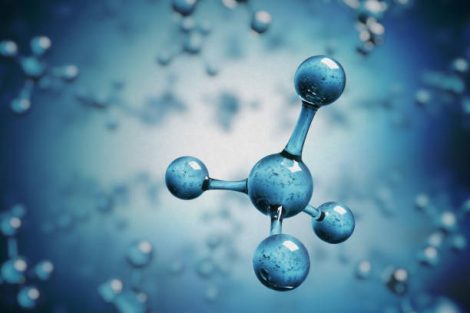-
Shock-induced auto-ignition of partially dissociated ammonia mixtures – new research
Date posted:
-
-
Post Author
Tracey Biller
-

In the context of the transition to sustainable energy systems, ammonia (NH₃) is emerging as a promising zero-carbon fuel. Amongst other applications, partially dissociated ammonia mixtures have exhibited great potential in internal combustion engines and gas turbines due to their enhanced reactivity and improved combustion performance.
The results from a new study may enhance kinetic understanding of partially dissociated ammonia combustion and provide a theoretical foundation for the development of two-stage ammonia combustors with optimised performance and reduced NOx emissions.
In the study, comprehensive ignition delay times (IDTs) and NH₃ time-history measurements of partially dissociated ammonia mixtures (NH₃/H₂/N₂) were conducted over a wide range of temperatures (1115—1611 K), pressures (1.0—4.0 atm), dissociation proportions, and oxygen concentrations (3.33 %, 7.5 %, and 13.33 %).
The results revealed that the reactivity of dissociated ammonia mixtures increases significantly with higher pressures, dissociation degrees, and oxygen contents. Elevated oxygen concentrations may lead to excessive NOx emissions.
A recently developed NH₃-syngas chemical kinetic model proposed by the researchers was systematically validated against the experimental data from this work, including IDTs and NH₃ time-histories, as well as laminar flame speeds, speciation data, and NOx emissions from literature. The model exhibited remarkable predictive accuracy under high-pressure and fuel-lean conditions, filling the gap in current kinetic models for dissociated ammonia combustion.
Further rate of production and sensitivity analyses were carried out to unveil the dominant oxidation pathways and identify key elementary reactions controlling the reactivity of dissociated ammonia mixtures. The generation and consumption pathways of NOx were thoroughly elucidated, providing valuable insights into NOx formation mechanisms under varying dissociation proportions and oxygen contents.
